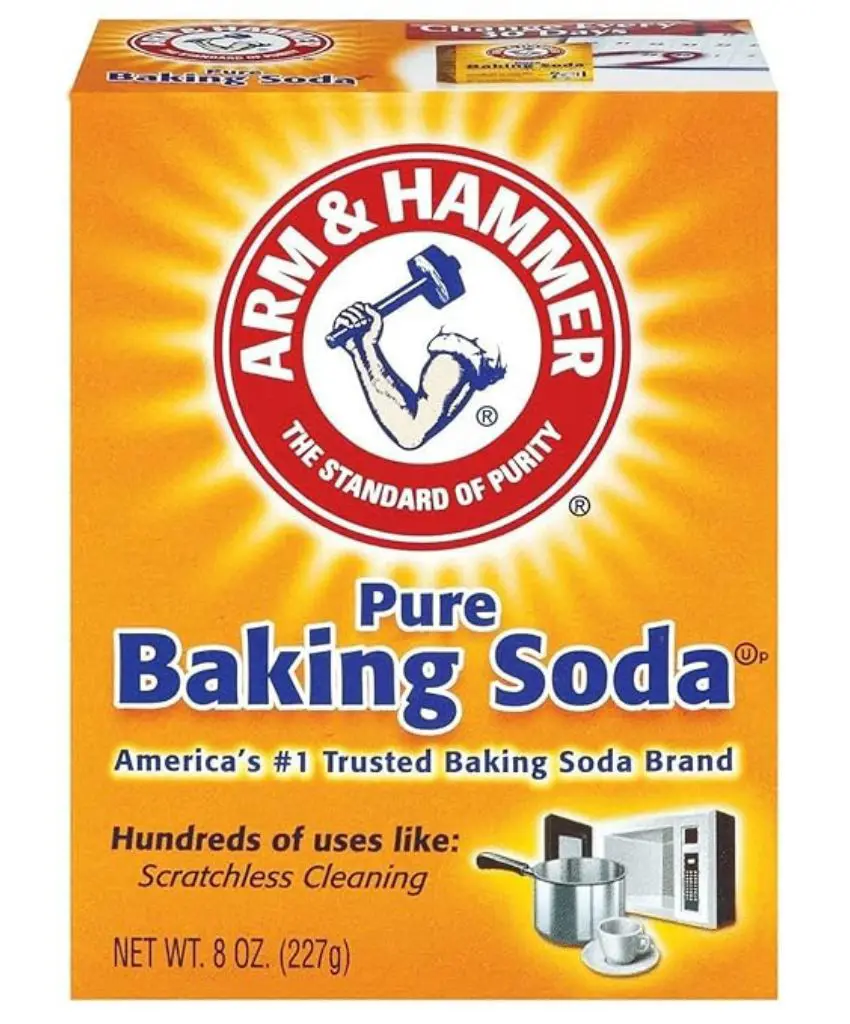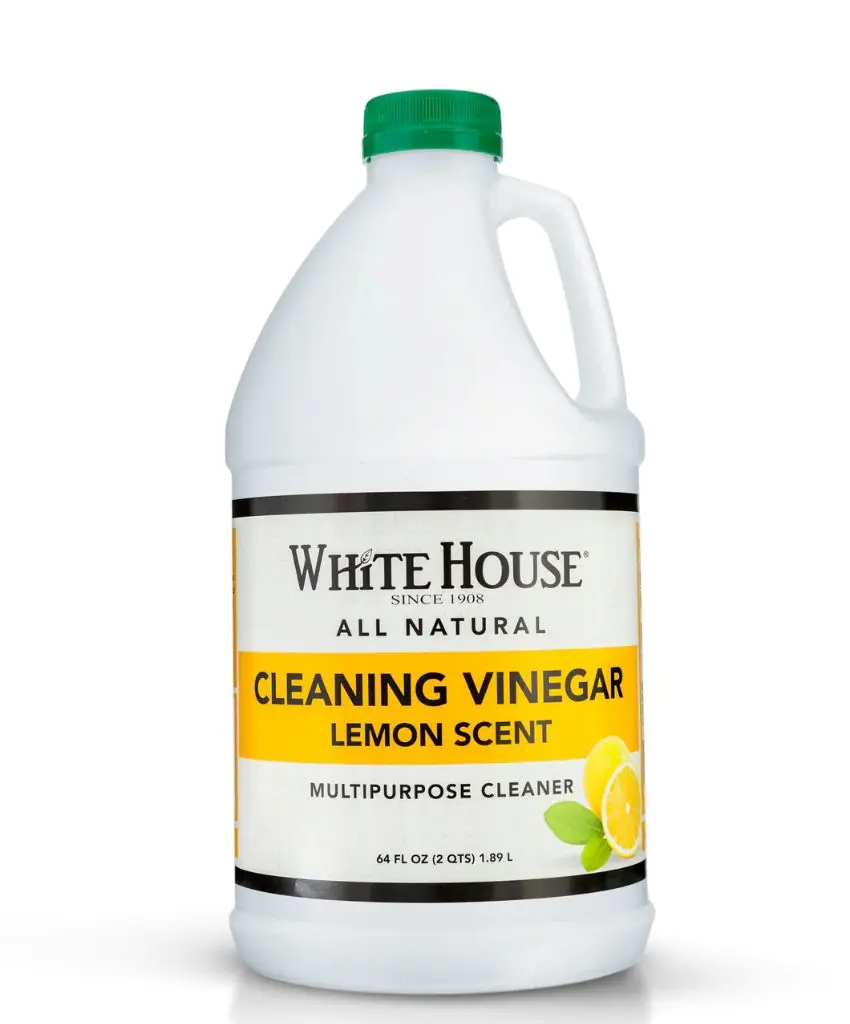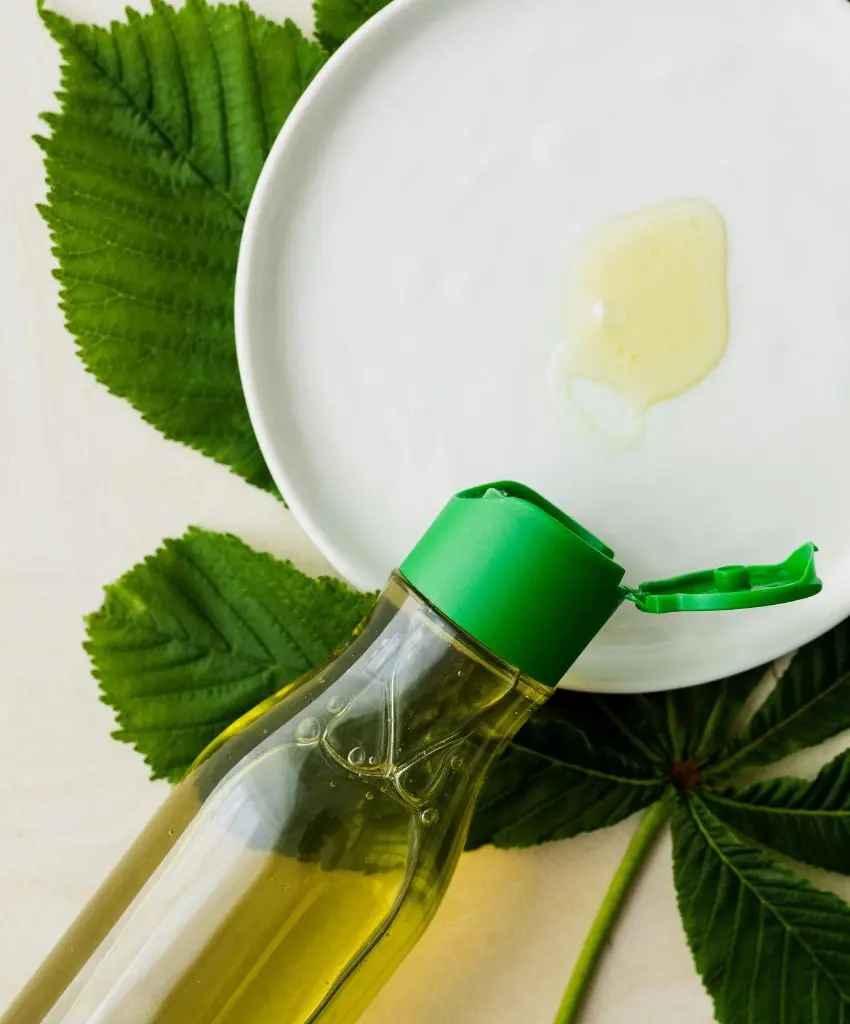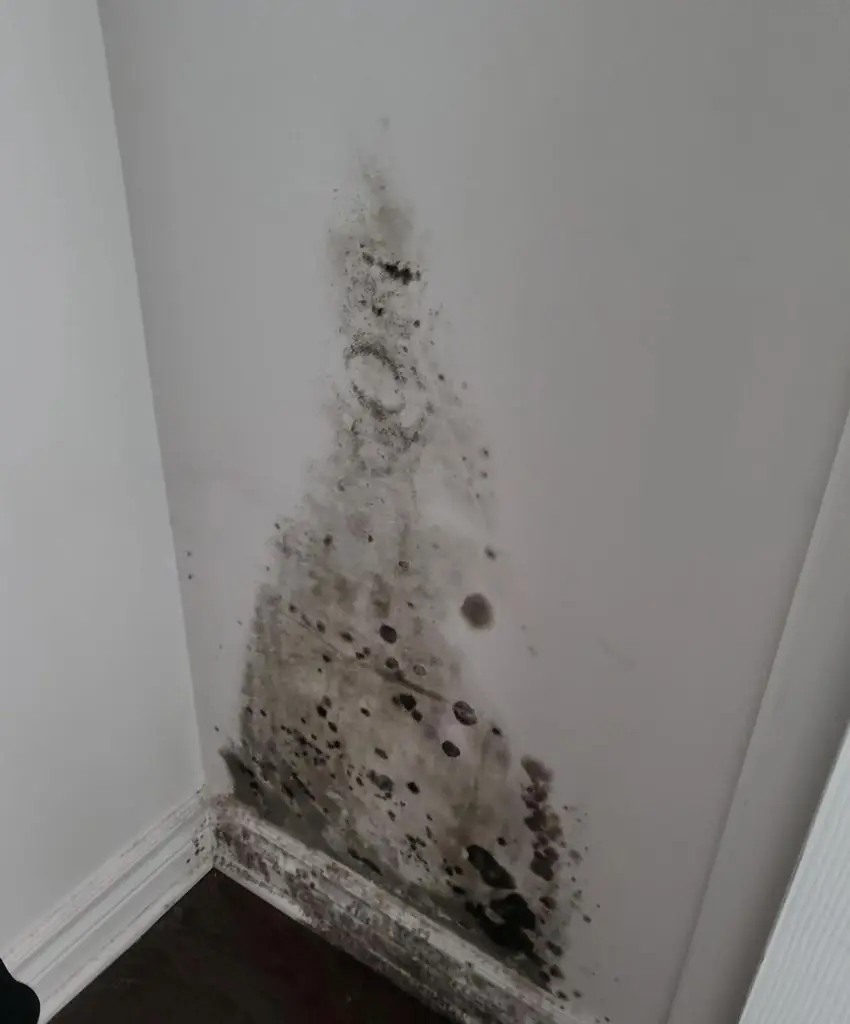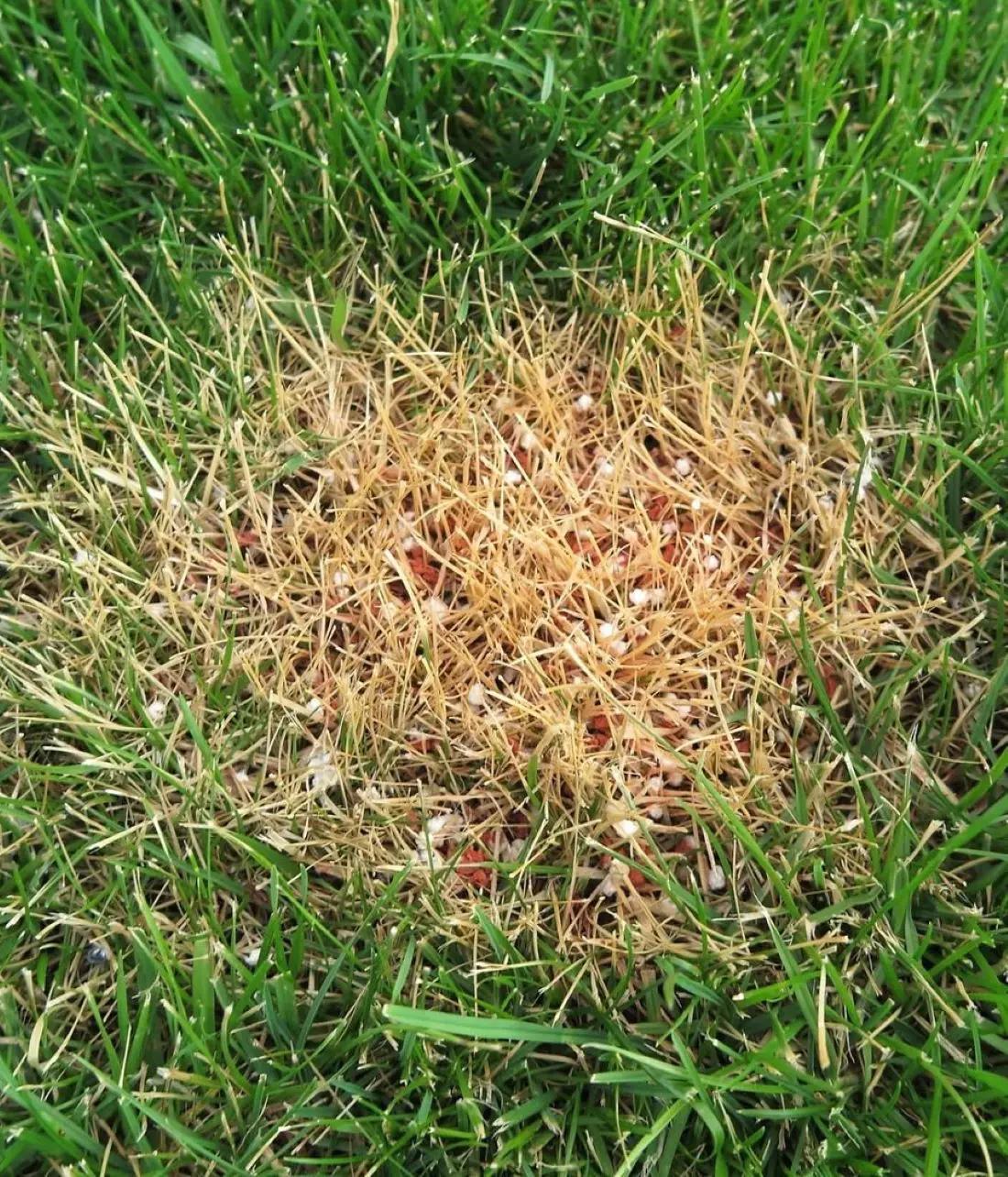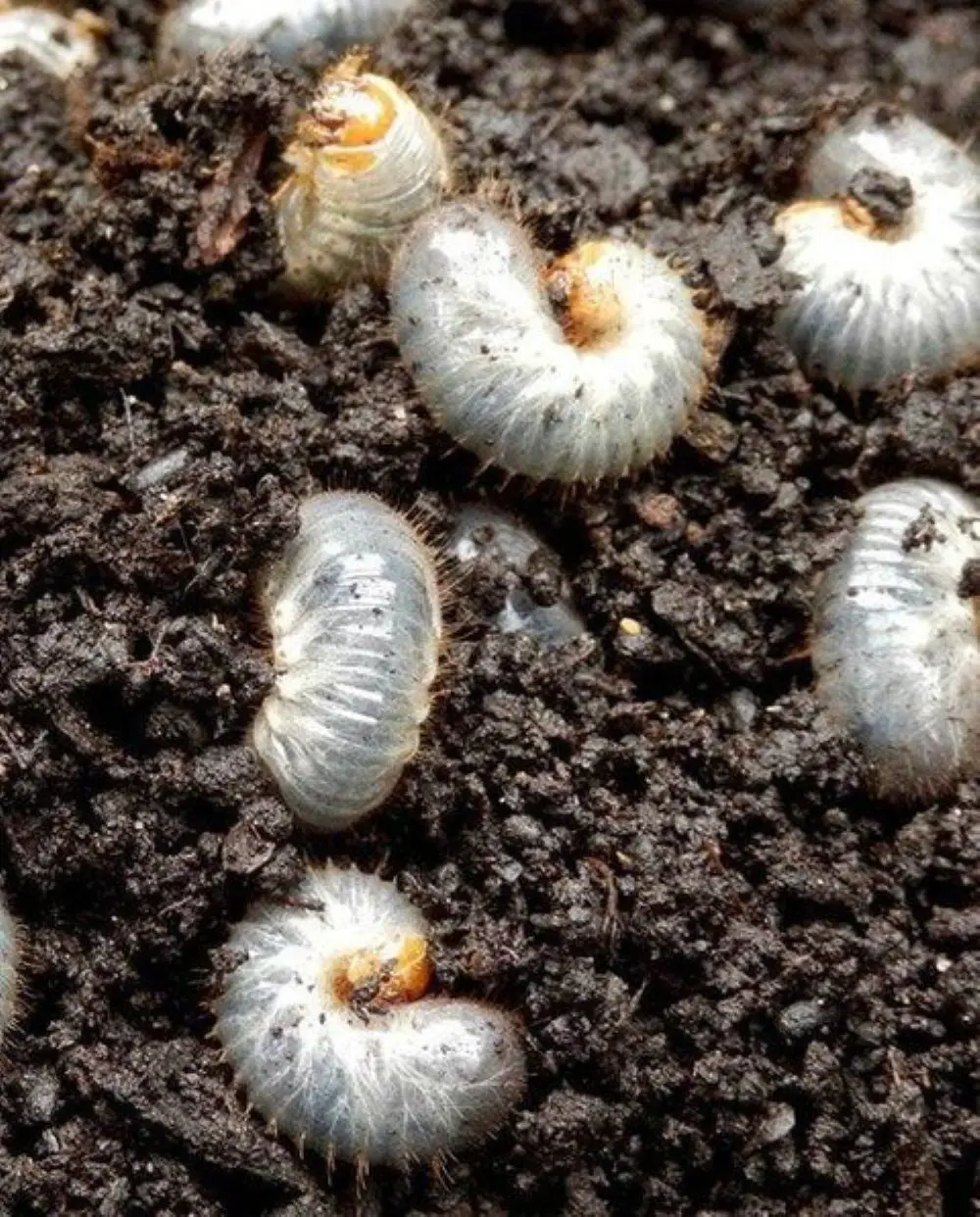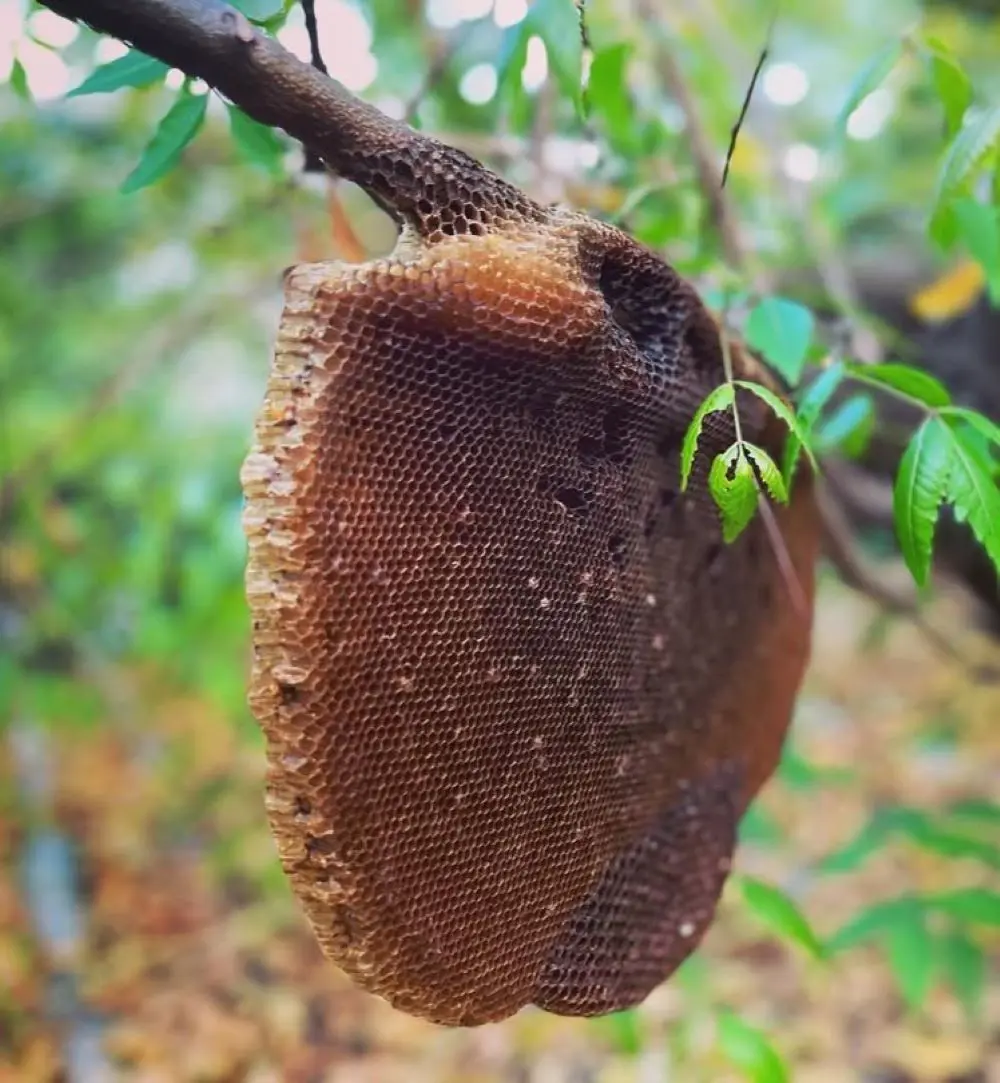1. Health Issues
A variety of health problems can be caused by bold exposure. Common allergic reactions such as sneezing, runny nose, itchy eyes, and skin rashes can be seen. In people with asthma, Respiratory issues such as coughing, wheezing, and shortness of breath are also frequent.
Some molds produce toxins that lead to more severe symptoms like headaches, dizziness, and fatigue. People with weakened immune systems are at a higher risk of serious infections.
2. Structural Damage
Mold is not good for your home since it compromises the structural integrity of the house. It leads to wood rot through disintegrating wood fiber, which compromises the strength of beams and floors. The drywall gets weak and starts to crack resulting in poor walls and ceilings. Another ill effect of mold is that it can also reduce the efficiency of the insulation which will lead to expensive energy bills. In severe conditions, mold formation can even lead to the weakening of the foundations.
3. Aesthetic Damage
Mold affects the face of your home and also leaves it with an unpleasant smell. It leads to the development of black, green, or white spots and blotchiness that can be stubborn and can stick on the surface in the long run.
Mold has a very strong, distinctive smell that is often referred to as musty. It can also destroy other people’s possessions such as clothes, furniture, books, and carpets and it does this irreparably.
4. Financial Impact
Indeed, managing mold issues is costly. Mold damage restoration and fixing of moisture problems may at times be very expensive. If incorporated into a home, mold can significantly reduce its value and make it difficult to sell.
Facing increased insurance premiums or having claims rejected, the future costs of owning a home may be more expensive.

